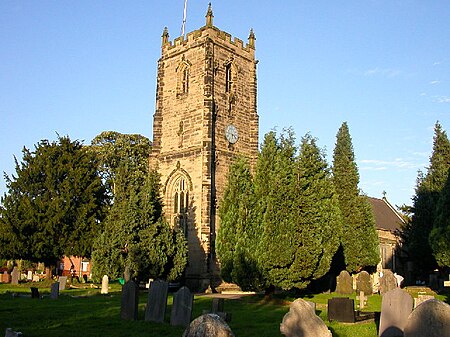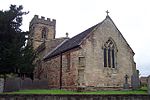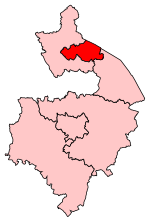Bulkington

Bulkington is a large village and former civil parish near Bedworth, in the Nuneaton and Bedworth district of Warwickshire, England. In the 2011 census the ward had a population of 6,146 decreasing slightly to 6,080 at the 2021 census. It is located around 6 miles (10 km) northeast of Coventry, just south of the town of Nuneaton, east of Bedworth and 5 miles (8 km) southwest of Hinckley. Despite historically having stronger links with Bedworth, Bulkington forms part of the Nuneaton Urban Area. Bulkington was mentioned in the Domesday Book as Bochintone, meaning "estate associated with a man called Bulca".The parish originally contained seven hamlets, two of which were subsumed by Bulkington village following residential building expansion which began in the 1930s.Historically the main industry in Bulkington was ribbon weaving. Today Bulkington is largely a commuter village for larger nearby urban centres such as Coventry, Nuneaton, Bedworth, Hinckley and Leicester. Bulkington has connections with the locally born author George Eliot (Mary Ann Evans), who knew the village well. She is thought to have referred to it as Raveloe in her book Silas Marner (1861). The church of St James is where George Eliot's uncle and aunt are buried.
Excerpt from the Wikipedia article Bulkington (License: CC BY-SA 3.0, Authors, Images).Bulkington
Nuneaton and Bedworth
Geographical coordinates (GPS) Address Nearby Places Show on map
Geographical coordinates (GPS)
| Latitude | Longitude |
|---|---|
| N 52.47691 ° | E -1.424989 ° |
Address
CV12 9JD Nuneaton and Bedworth
England, United Kingdom
Open on Google Maps





